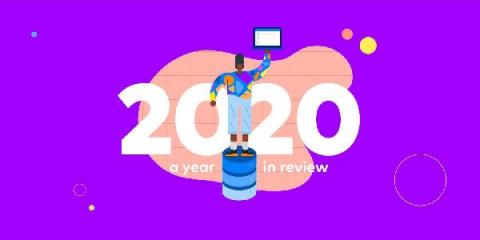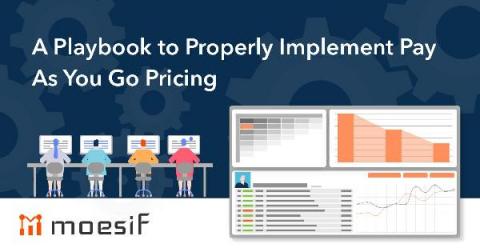Concept Drift Deep Dive: How to Build a Drift-Aware ML System
There is nothing permanent except change. In a world of turbulent, unpredictable change, we humans are always learning to cope with the unexpected. Hopefully, your machine learning business applications do this every moment, by adapting to fresh data. In a previous post, we discussed the impact of COVID-19 on the data science industry.











